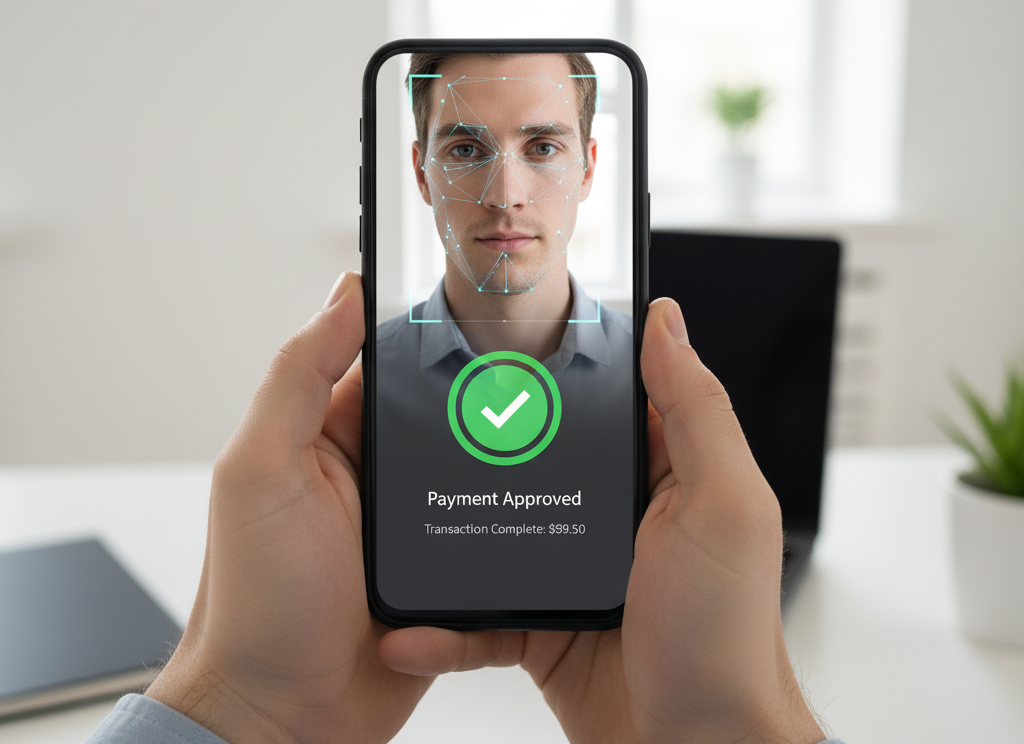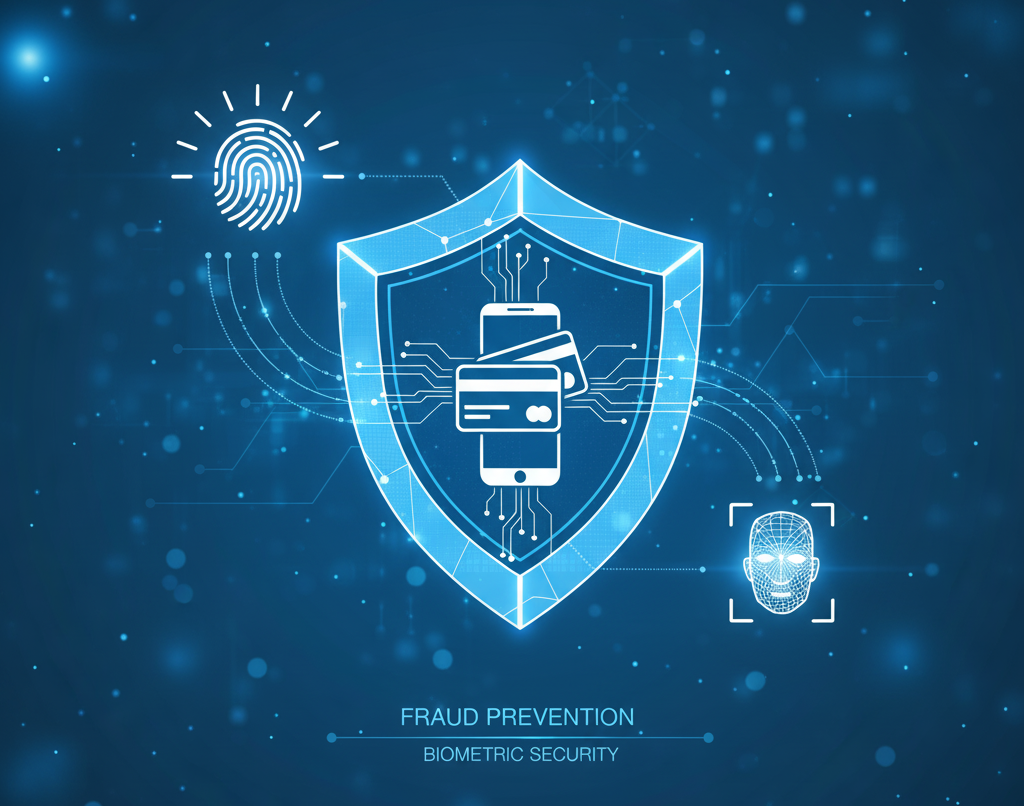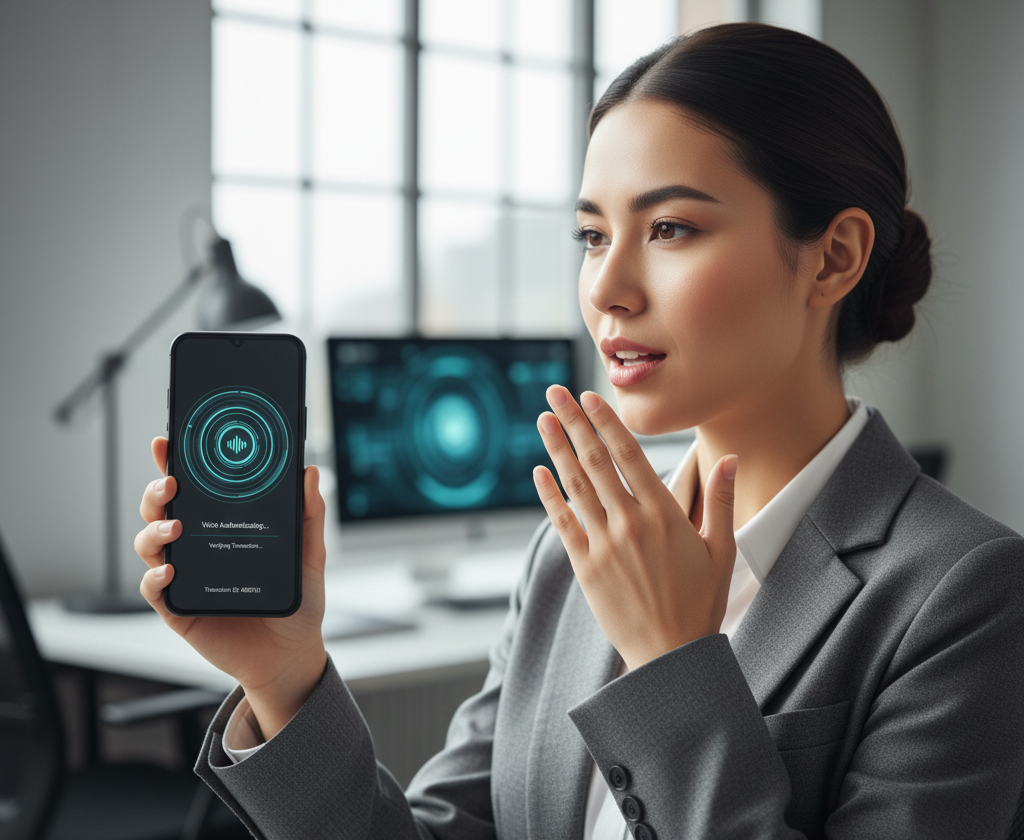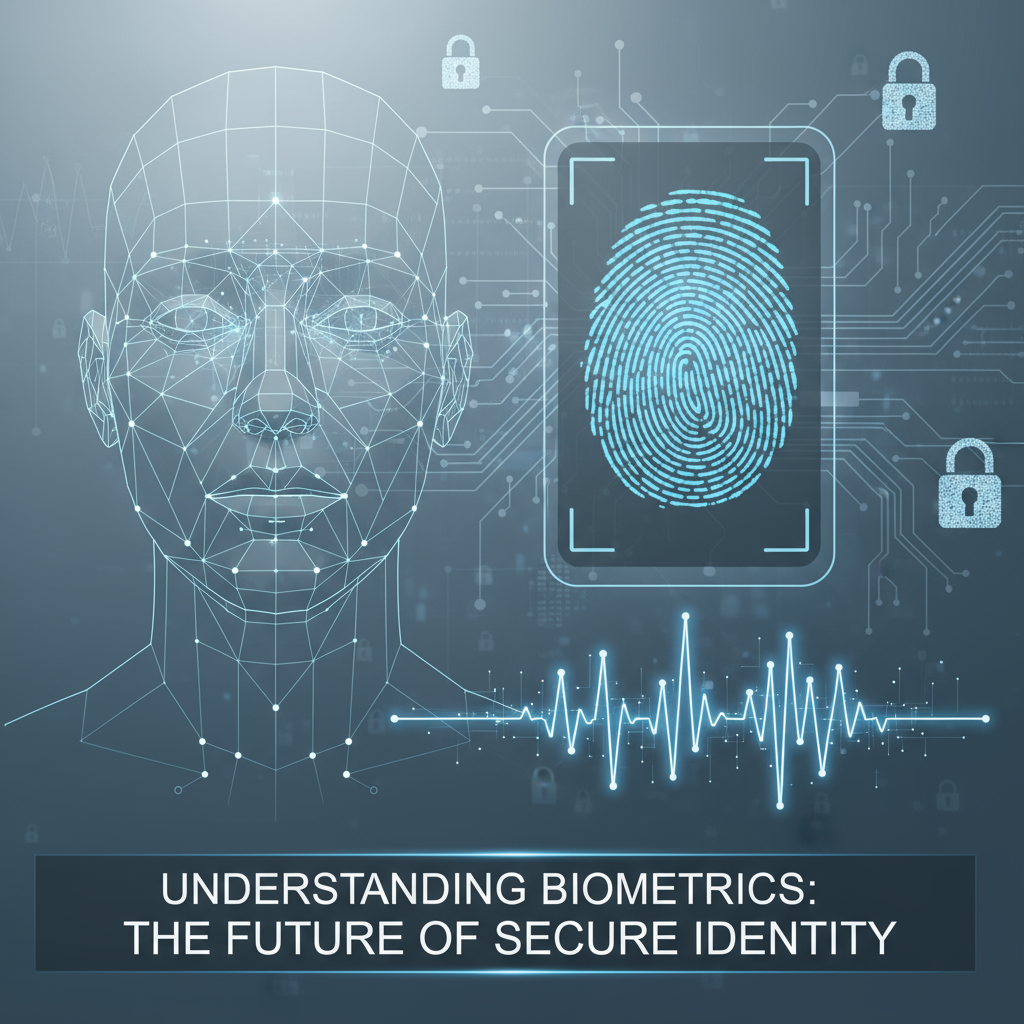In today’s fast-moving digital world, online payments have become a part of our everyday life. From shopping on e-commerce websites to transferring money through mobile apps, digital payments are everywhere. But with this convenience comes a big problem — payment fraud.
According to global reports, online payment fraud causes billions of dollars in losses every year. Hackers use stolen cards, fake identities, and phishing techniques to trick users and access their financial accounts. Traditional security methods like passwords, PINs, and OTPs are no longer enough.
This is where biometric technology steps in.
Biometrics refers to the use of unique human characteristics — such as fingerprints, facial patterns, or voice — to verify a person’s identity. It provides an extra layer of security that’s almost impossible to copy or fake.
In this blog, you’ll learn what biometrics are, how they’re used in digital payments, and the three most effective ways they can fraud-proof your transactions.
Understanding Biometrics in Payments
What Are Biometric Payments?
Biometric payments use physical or behavioral features to confirm who you are before allowing a transaction. Instead of typing a password or entering a PIN, you simply use your fingerprint, face, or voice to complete a payment.
You might have already used it — for example:
- Unlocking your phone with a fingerprint to open a payment app.
- Using Face ID on an iPhone to confirm a purchase.
- Saying a voice command to verify your identity on a banking call.
These are all examples of biometric authentication in payments.

Why Biometrics Are Becoming Essential
As online transactions grow, so do cyberattacks and scams. People want a fast and secure payment experience without worrying about fraud.
Biometrics meet both needs:
- They make authentication frictionless — no need to remember passwords.
- They make it secure — because your biological data is unique to you.
- They also help companies comply with new security regulations, such as PSD2 (Payment Services Directive 2) and FIDO2 authentication standards.
Types of Biometric Technologies Used in Payments
There are several biometric technologies currently used in digital payments:
- Fingerprint recognition: Scans your fingertip to verify your identity.
- Facial recognition: Uses AI to identify your facial features.
- Voice authentication: Recognizes your speech pattern and tone.
- Iris or retina scanning: Scans the unique patterns in your eye for high-security systems.
- Behavioral biometrics: Analyzes how you type, move your mouse, or hold your device.
3 Ways Biometrics Can Fraud-proof Your Payments
1. Eliminating Password-Related Risks

Passwords have been the traditional way to secure online accounts. But they’re also one of the weakest links in security.
People often reuse the same passwords across multiple platforms, making them easy targets for hackers. Phishing attacks and data breaches can expose millions of passwords, giving cybercriminals access to sensitive information.
Biometrics remove this risk completely.
Since your fingerprint or face can’t be copied, it eliminates the need for passwords or PINs altogether. For example:
- When you open your banking app using your fingerprint.
- When you use Apple Pay or Google Pay with facial recognition to authorize payments.
These methods make it nearly impossible for someone else to log into your account or make a payment without your presence.
Result: Stronger account protection, no stolen credentials, and fewer phishing attempts.
2. Strengthening Identity Verification During Transactions

Even if your card or account details are stolen, biometrics can stop the transaction from going through.
Let’s say someone tries to use your credit card number for an online purchase. If your payment system requires facial or fingerprint verification, the fraudster won’t be able to complete it.
Biometric systems ensure that the person making the transaction is truly you.
For example:
- ATMs and mobile apps can use face or fingerprint scans before approving payments.
- Online banking portals use biometric two-factor authentication for high-value transactions.
- Some systems require voice recognition for remote payment authorization.
This makes it extremely difficult for criminals to use stolen data for fake transactions.
Impact: Reduced identity theft, less card-not-present (CNP) fraud, and greater trust in online payments.
Also Read: What Is Age Verification And Why It Matters Today
3. Enabling Continuous and Contextual Authentication

Most traditional security methods verify your identity once — when you log in or make a payment. But fraud can happen later during the session.
Continuous authentication adds a new level of safety.
It uses behavioral biometrics — tracking how you type, swipe, or hold your device — to constantly confirm it’s really you using the account. If the system notices anything unusual (for example, a different typing rhythm or hand movement), it immediately flags the activity as suspicious.
AI and machine learning models play a big role here. They learn your normal behavior and can quickly detect anything abnormal.
Example use case:
- Banking apps monitor user interactions and automatically block access if they detect unusual patterns — like logging in from a new device or sudden location changes.
Outcome: Real-time fraud detection with minimal effort from the user. You stay safe without extra logins or delays.
Benefits of Biometric Payments for Consumers and Businesses
For Consumers
- Faster transactions: No typing or remembering passwords.
- Convenience: Unlock your device or scan your face to pay instantly.
- Higher security: Your biometric data can’t be guessed or stolen easily.
- Peace of mind: Know your identity and payments are always protected.
For Businesses and Banks
- Lower fraud losses: Fewer chargebacks and disputes.
- Regulatory compliance: Meets global payment security standards.
- Improved customer experience: Seamless and trustworthy payment process.
- Brand trust: Customers feel safer using your payment systems.
Challenges and Considerations
While biometrics are powerful, they’re not without challenges.
- Privacy Concerns: Users may worry about how their biometric data is stored and used. Companies must ensure encryption and secure databases.
- Implementation Costs: Installing biometric systems and devices can be expensive, especially for small businesses.
- Regulatory Compliance: Biometric data is sensitive and protected under laws like GDPR (Europe) and CCPA (California). Organizations must comply with strict handling rules.
- User Adoption: Some users are still hesitant to use biometrics due to privacy fears. Building trust through transparency and education is essential.
Conclusion
Biometrics are changing the way we think about payment security. By using unique physical and behavioral traits, they make it nearly impossible for fraudsters to impersonate users or steal data.
From removing weak passwords to verifying real identities and continuously monitoring user behavior, biometrics create a safer, faster, and smarter payment experience for everyone.
As digital transactions continue to grow, adopting biometric security is no longer optional — it’s a necessity. For both consumers and businesses, the future of fraud-free payments starts with you — and your unique identity.




